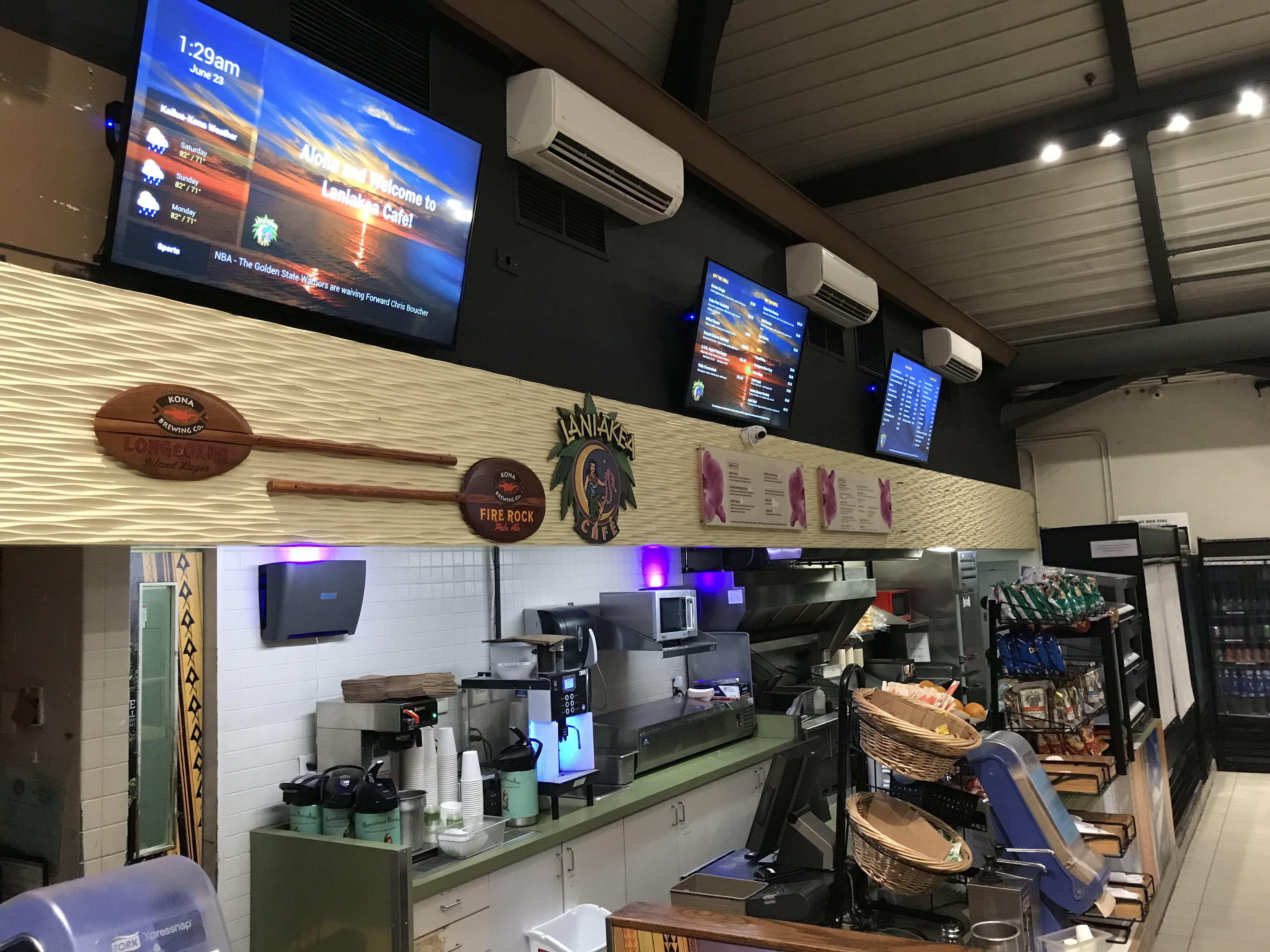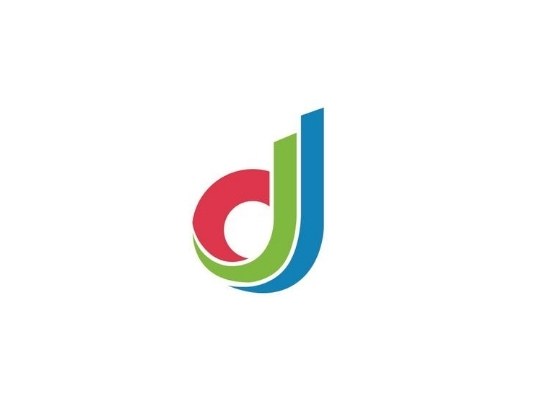Hawaii-based Bright Light Digital leverages digital signage’s growth in restaurant industry

The global digital signage market is expected to exceed more than $27 billion by 2024 and will grow at a CAGR of more than 6.5% in the given forecast period. One of the major drivers of that growth is the restaurant industry – menu boards, drive-thru menu boards, video walls, order displays and more.
Honolulu-based Bright Light Digital LLC started working with restaurants in 2015 and has consistently witnessed an increase in interest for digital signage by restaurant owners and operators.
There’s a very good reason for that.

A Bright Light Digital installation in Hawaii.
“In today’s digital world, customers are growing more accustomed to viewing menu items from digital displays as opposed to printed menu boards,” said Bright Light Digital President Mark Tawara. “They want to see images and videos of the food items before making their purchase, which is something only digital displays can provide.”
Most of Bright Light’s recent projects have been specifically for digital menu boards, but the company is starting to see additional applications in the segment. For example, the company is developing interactive touch display solutions for back-of-the-house employee engagement and corporate communications.
“This solution allows the corporate office to provide timely information to the restaurant staff, including specials for the week, restaurant performance metrics and HR-related news,” Tawara said.
This efficient back-of-the-house communication adds even more appeal to digital messaging. As a result, Tawara said the demand for digital is driven not just by consumers who are used to the displays, but also by the people running the restaurants.
“Restaurant operators and owners also need to remain competitive by staying up to date on the newest technology,” he said. “We have one restaurant client that has a vintage pin letter menu board at one restaurant, and at their new restaurant in another city, we recently installed three new digital displays for their menu boards.”

Measuring a return on investment can be tricky for restaurants, but Tawara said most operators he works with don’t look for specific metrics of this nature.
“Their thinking nowadays is that the technology is just another cost of doing business, similar to purchasing an electronic point of sale system,” he said. “More important to the operators is that the system works smoothly, is easy to operate and update, and is up and running 24/7. Savvy operators understand that they cannot rely on utilizing consumer-rated displays purchased from a big box retailer to serve as their digital menu boards.”
Although such technology continues to grow, challenges remain. For Tawara’s market specifically, those challenges stem from a lack of reliable internet service in remote locations, including some airports in the state of Hawaii.
“To overcome this, we’ve utilized third-party vendors that provide 4G LTE internet service,” he said. “However, we haven’t had great experience so far, as the internet devices haven’t proven to be as reliable as the digital signage media players or displays that we installed.”
Despite this major challenge, Tawara believes digital menu boards are now the rule rather than the exception in the restaurant space. Further, he doesn’t expect the growth to slow anytime soon.
“With research indicating how Millennials are spending more money in restaurants than all other age groups combined, millennials are transforming the restaurant business,” he said. “Restaurant owners and operators have caught on to this trend and have been implementing changes to their restaurants to keep up with this trend, including using more technology such as digital menu boards and electronic point of sale systems.”






